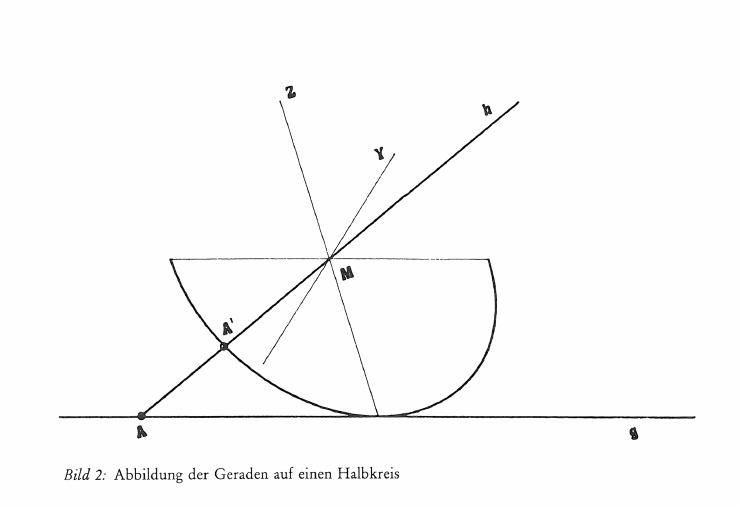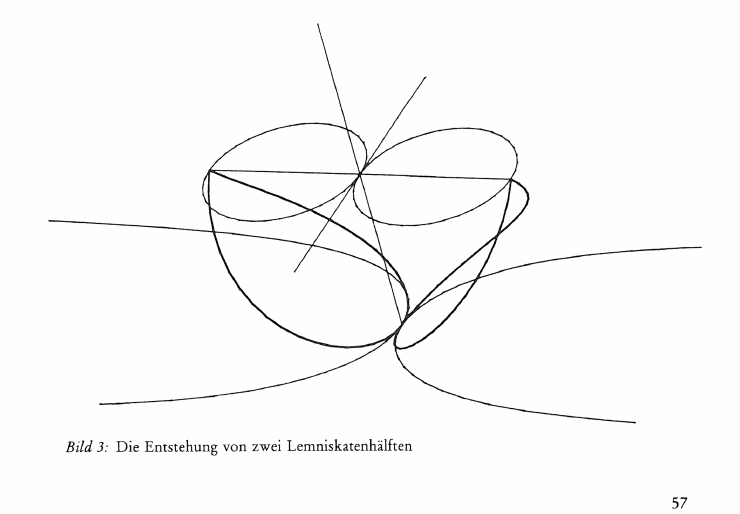Das Experiment von Einsingen
Geometrische Anmerkungen
Elemente der Naturwissenschaft
55,
1991,
P.
55-61 |
DOI:
10.18756/edn.55.55
Article | Language: German | €6.00
Export Article Citation as
- Plain text
- BibTeX
- RIS format
- Download price : € 6.00
Abstract:
In a first paper it has been shown, how it is possible to «bend» the ends of a light spectrum by means of a strong magnetic field, as suggested by Rudolf Steiner. Eventually the ends meet each other from two opposite sides and at this point «peach blossom» colour appears (Landensperger 1990). Rudolf Steiner characterized the red and blue ends of the spectrum as «plus-infinite» and «minus-infinite» respectively. As a consequence, what is invisible to the eye (from red towards infra red and from blue towards ultra violet) is directed to the infinite point in the sense of projective geometry. In this paper an attempt is made to correlate the geometry of the experiment with this geometrical aspect.





